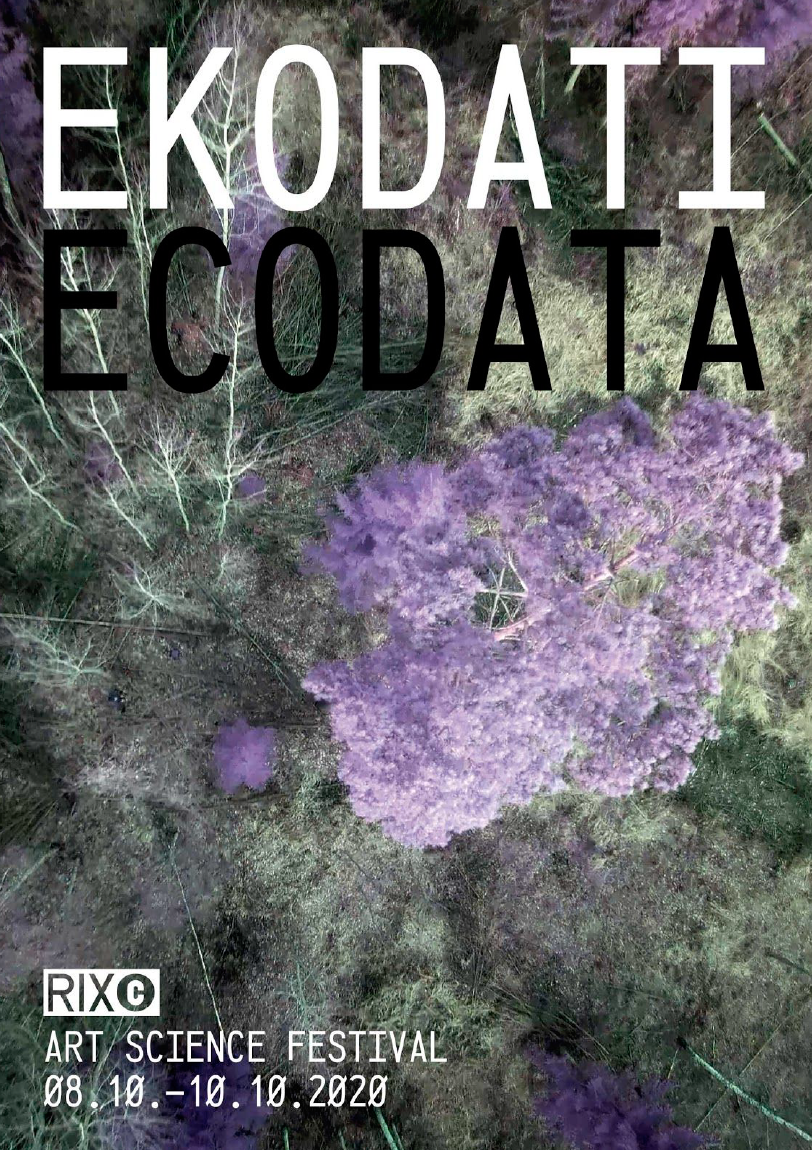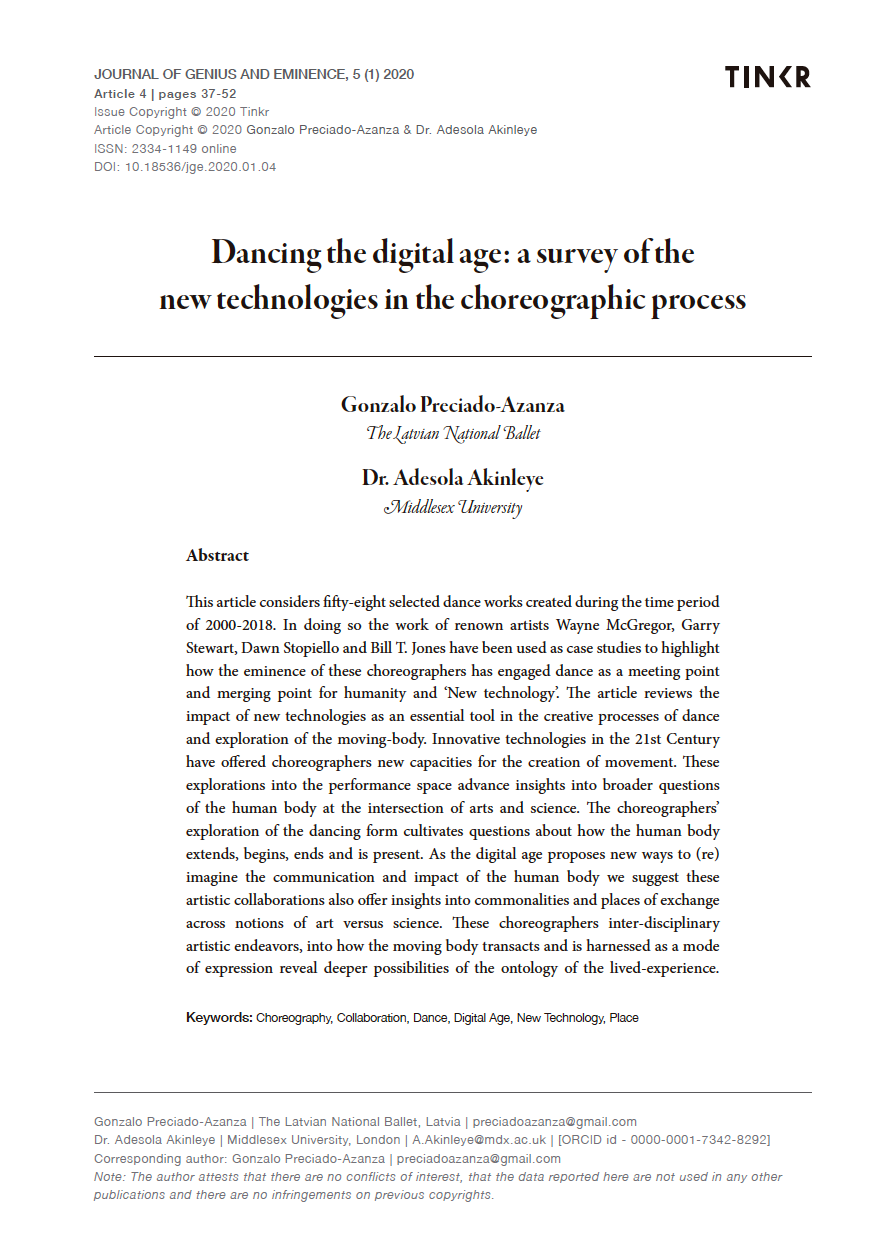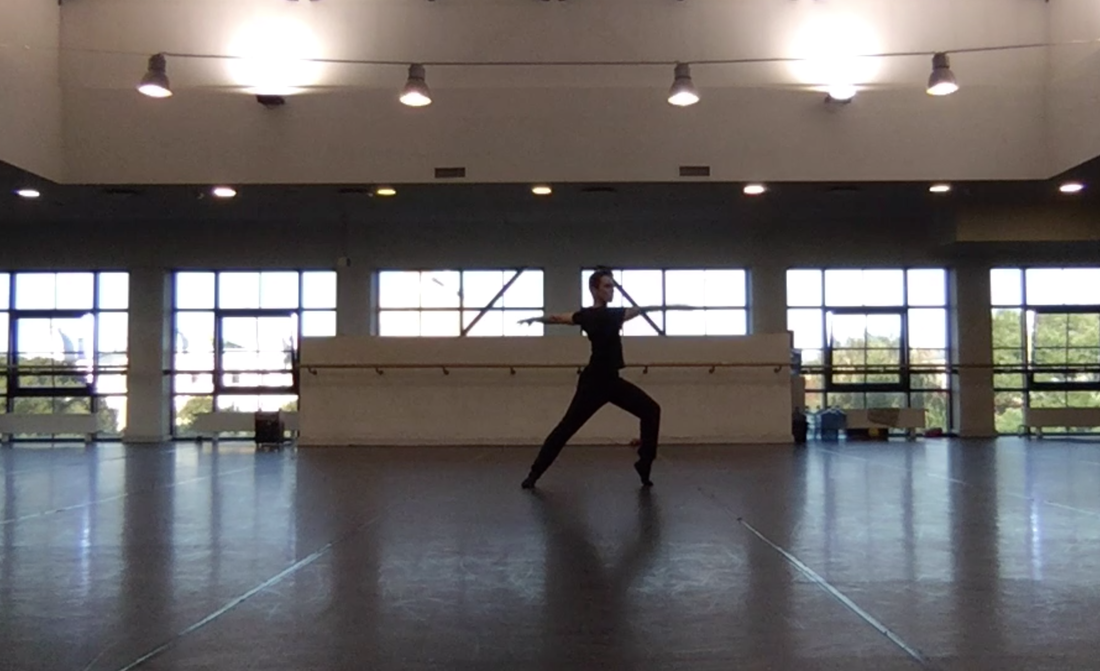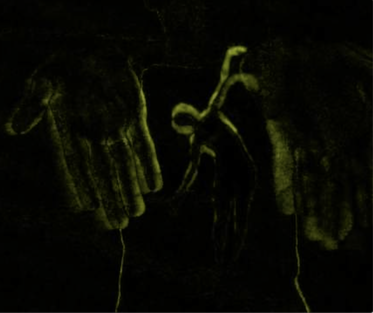|
About us |
|
Dr. Adesola Akinleye: is an Interdisciplinary artist-scholar and choreographer. Akinleye's career began as a dancer with Dance Theatre of Harlem Workshop Ensemble (USA) later working in UK Companies. Akinleye creates works ranging from films, installation and texts to live performance that is often site-specific and involves a cross-section of the community. Akinleye foundered and is co-artistic director of DancingStrong Movement Lab. a unique multi-generational, multi-disciplinary practice-based creation space. Akinleye is an Assistant Professor in the School of the Arts, Dance Division at Texas Woman’s University. Akinleye is a Research Fellow with Theatrum Mundi and visiting lecturer at Central School Saint Martins, Spatial Practices Department. Akinleye is a Visiting Artist 2020–2022 at Center for Art, Science & Technology (CAST) MIT and Research Affiliate at Art, Culture and Technology (ACT), MIT. Akinleye has published in the field of dance scholarship as well as cultural and social studies.
https://www.adesolaakinleye.com |
Gonzalo Preciado-Azanza, MA: International dance researcher & artist. He is a Research Fellow at the Department of Art History of the Universidad de Zaragoza (Spain), where he is currently a PhD candidate. Former dancer of The Latvian National Ballet in Riga, having finished his training at English National Ballet School. He graduated in Dance at Middlesex University, he holds a MA in Cultural Management from the Universitat Oberta de Catalunya and a MA in Advanced Studies in Art History at the Universidad de Zaragoza (with Extraordinary Prize and Mention of Excellence for his Dissertation). His research areas include the relationship between identities dance and cultural history (19th and 20th Century), as well as the choreographic processes in the digital age. His results have been presented in international journals and conferences from US, UK, Italy, Greece, Latvia or Spain. www.gonzalopreciadoazanza.com
|
SPACE+DIGITAL+DANCEThis area of research is looking at the notion that new technology challenges where the human body begins, ends and is present in the digital age
|
|
|
|












